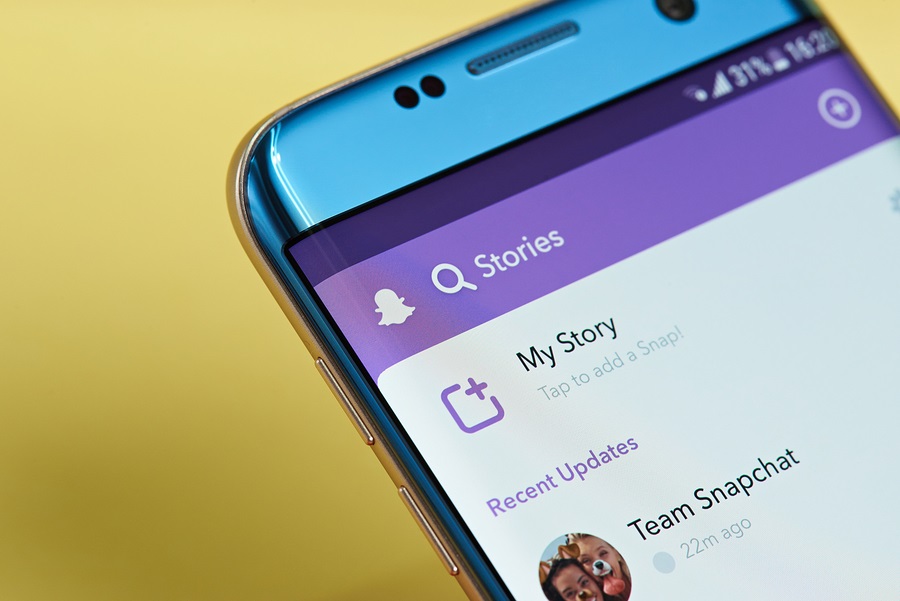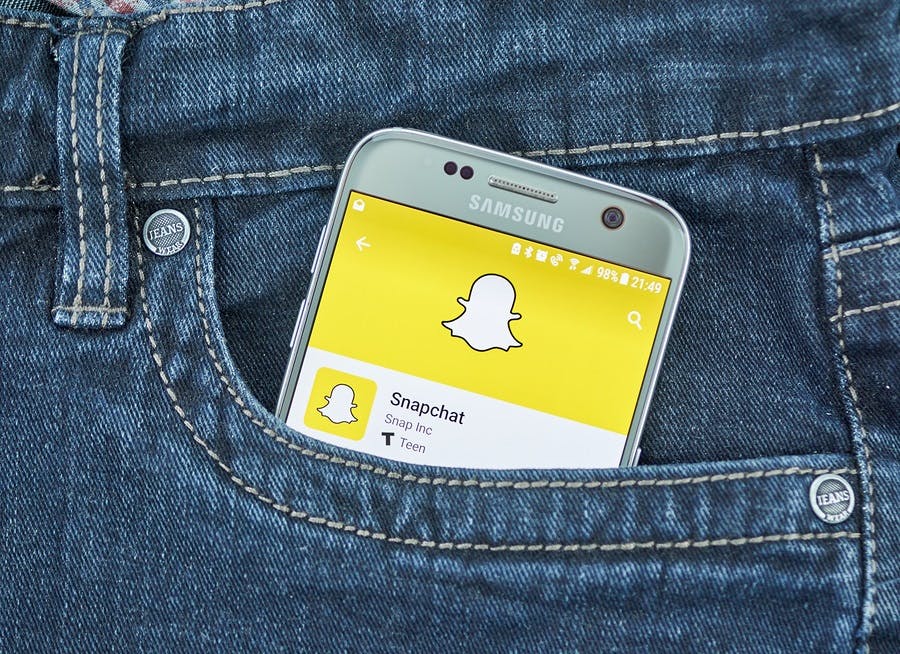A few years ago, it was only really savvy recruiters who thought to use SnapchatSnapchat to attract new applicants. As an opening gambit, businesses attuned to the platform’s possibilities were using it to offer potential candidates a unique, creative way to apply for jobs. A company would send out a Snap advertising a position, and would promise a job interview to the person with the best or most creative response — whether this meant engaging with a particular brand in a fun way, showing off some skills with visual media, or anything else that might entice people into this new version of the applicant funnel. This was all the rage for a while, but it quickly became apparent that Snapchat could be used for so much more.
Now, Snapchat is quickly becoming a standard part of the recruitment marketing toolkit, in part because recruiters are realizing that it can be a powerful force not just for sourcing candidates, but for building a strong employer brand. By creating the kind of whimsical, authentic, and playful content that Snapchat’s userbase has helped to define over the years, recruiters can become a part of an important cultural phenomenon.
The platform might not have as many users as Facebook or YouTube, but its engagement levels are astounding. In 2016, its 150 million daily active users averaged 10 billion videos per day.
What is Snapchat?
Okay, we may have gotten ahead of ourselves a little bit here. We’re guessing that most of you, since you’re reading this blog post, know what Snapchat is. But, possibly, there are some of you out there who are still a little confused about this platform and how it works. So, let’s start with the basics.
On Snapchat, users send Snaps to one another, which are images that disappear after a set period of time (usually one to ten seconds). Users can also send video, and they can create “stories,” which are series of posts in succession that other users can follow as they unfold. These, too, vanish after a set period of time. This might seem like a disadvantage to some, but social media posts on other platforms have such a short shelf-life that it might not need to have a huge impact on your strategy. Like Instagram, Snapchat gives its users filters to use to make their pictures more interesting, as well as “lenses” that enable users to augment their pictures with whimsical elements.
Now, because Snapchat is still such uncharted territory for marketers and recruitment marketers alike, even those of you who are fairly well-versed in the platform might not know that much about its advertising infrastructure. Snapchat ads are a bit like YouTube ads, in that videos play before or after your target users’ selected content. The difference is that users can swipe from your video directly to another web page or piece of content based on what ad type you choose:
- You can display a short video and have users swipe to watch a longer, full-length recruitment video (up to 10 minutes);
- You can have their swipe take them to the app store, if you have an app specific to your recruitment process that they might want to download, or
- They can be redirected to a page on your website, whether that’s a landing page for a particular job or just a newsletter sign-up page.
We’ll go into more detail about this infrastructure in future posts, but suffice it so say that you should do your best to align your ad types with your specific recruitment goals.
Who’s watching
Now, when it comes to this unique platform, it’s not just about how many people are engaging with content. It’s about which people are engaging with content. Compared to most other social media platforms, Snapchat skews towards a younger age demographic, meaning that it’s one of the best places to try and reach millennials, particularly millennials in the U.S. Everyone, seemingly, has plenty to say about how to recruit this particular demographic — but if you’re having trouble reaching millennials, and especially Gen Z, Snapchat is a good bet. The Pew Research Center found 78% of 18- to 24-year-olds are Snapchat users falling to 54% among those 25 to 29.
The appeal of Snapchat isn’t so much that the users are younger, it’s that the community on Snapchat has developed its own, very specific milieu that simply doesn’t exist in the same way on other social platforms. This means that recruiters are in a position to emphasize elements of their employer brand and EVP that would feel out of place on sites like Facebook or LinkedIn. With this newfound freedom, you can reach passive job candidates whose attention you might have difficulty attracting with more traditional approaches.
Inform and have fun
Okay, so Snapchat is a medium that gives you a chance to emphasize elements of your employer brand that you otherwise might not be able to — but how exactly do you go about doing that? Well, for starters you need to really engage with the many tools that Snapchat has. If there’s a popular filter or lens, don’t be afraid to use it.
In general, visual employer branding content should either get viewers excited about the prospect of working at your company or provide them with value in the form of insider knowledge about what life is like at your company. So, if there’s a fun side to working at your business (and hopefully there is!) Snapchat will give you plenty of ways to show it off. Consider sending out Snaps, or even posting a story, from a company picnic, an office party, or anything else that shows a side of your business that potential job candidates might not ordinarily see. In this way, you show off your employer brand in the form of your employees doing something they enjoy — something that you might not be willing to post on LinkedIn or in a traditional recruitment video.
This is just a general overview, of course. There’s lots of specific strategies that recruiters can use to draw the attention of their target personas. For instance, you could have an employee takeover of your Snapchat account for a day, so that prospects can get the inside scoop straight from the people they’d be working with. Or, you might give your prospects the lowdown on your application process (this will help them overcome any hurdles that are preventing them from applying). Whatever you do, just be yourself. Don’t be afraid to let your hair down! All the kids are doing it.
